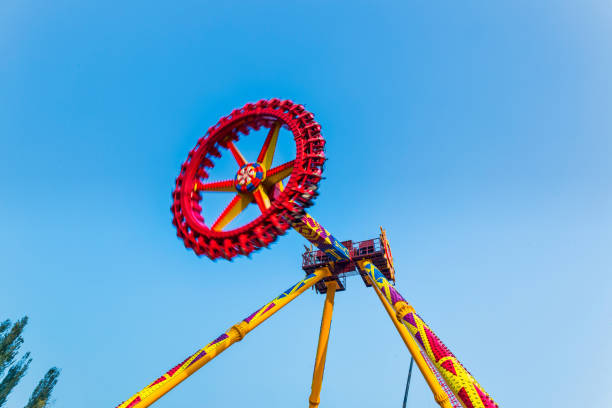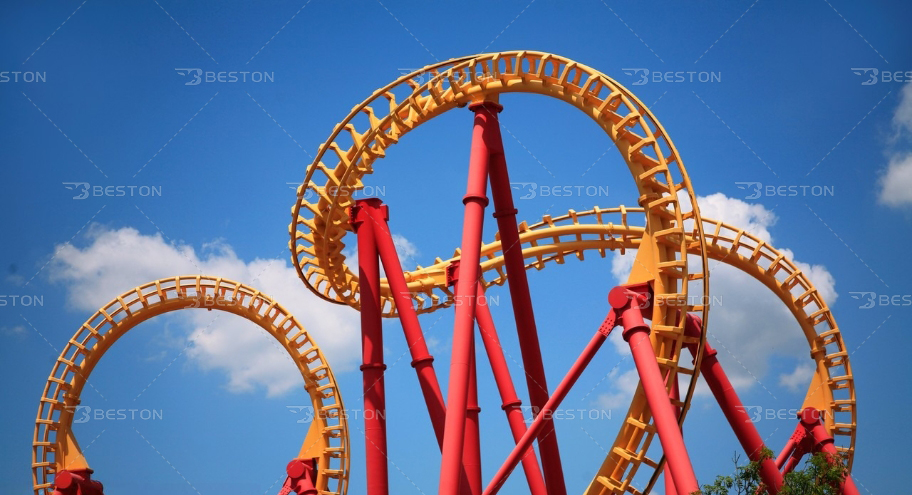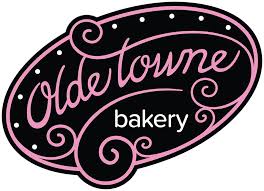Introduction
Thrill rides are the cornerstone of any successful amusement venue, delivering high-adrenaline experiences that anchor guest attention and drive repeat visitation. Whether expanding an existing facility or launching a new entertainment destination, choosing the right ride demands a structured evaluation of product type, pricing, supplier credibility, and long-term operational implications.
From compact coasters to gravity-defying swing rides, the global amusement market offers a vast selection. Each type of equipment comes with distinct engineering profiles, space requirements, and guest appeal metrics. A careful assessment ensures that capital investment translates into consistent revenue, minimized downtime, and a high guest satisfaction index.
Ride Type and Guest Demographics
Not all thrill rides are created equal. The ride’s design must align with target audience expectations. Younger audiences may prefer interactive or visually engaging attractions, while thrill-seeking teenagers and adults favor intense G-force, inversion loops, and height-driven adrenaline. A well-balanced mix creates a diversified park portfolio and increases average dwell time.
When selecting a ride, consider throughput capacity per hour, cycle duration, and rider height restrictions. A higher capacity ride may offer a faster return on investment even if initial costs are steeper. Integration with themed environments or multimedia overlays can further increase the experiential value and reinforce a park’s narrative identity.
Space and Infrastructure Requirements
Installation space is a critical constraint. Assess terrain, foundation load-bearing capacity, wind exposure, and utility access. Most thrill rides require reinforced concrete bases, adequate drainage systems, and safety zones compliant with regulatory buffers. Evaluate whether existing infrastructure supports vertical construction or multi-axis rotation.
This is particularly important when reviewing large-scale pendulum rides. A big pendulum ride for sale may advertise strong ROI and visual impact, but its sheer height and swing radius demand substantial clearance, both physically and from local safety authorities. Site surveys and feasibility studies must precede procurement decisions.

Budget Planning and Hidden Costs
Initial ride price is only the beginning. A comprehensive cost analysis should include transport, customs duties, installation, operator training, spare parts inventory, and post-sale service agreements. Power consumption and insurance premiums add to recurring expenses and must be included in the ride’s financial projection model.
Amusement ride investments should be judged by their cost-per-rider over time. For high-impact rides like coasters, understanding the full roller coaster price involves evaluating not just structural steel and electrical systems, but also civil engineering modifications and thematic enhancements. A low initial quote may omit crucial components like control software or safety certifications.

Supplier Reputation and Manufacturing Standards
Choosing a ride is as much about choosing a manufacturer. A vendor with a global client base, multi-industry certifications, and vertically integrated production facilities offers greater reliability and better post-installation support. Visit past installations if possible and speak directly with ride operators to gather performance insights.
Leading amusement ride manufacturers will demonstrate design traceability, stress testing protocols, and compliance with standards like EN 13814, ASTM F2291, and ISO 9001. They also maintain real-time inventory for critical parts, offer multilingual support, and have technicians available for international dispatch. These capabilities are non-negotiable for parks aiming to maintain uninterrupted operations.
Customization and Theming Capabilities
Today’s guests expect more than mechanical movement—they want story-driven immersion. Selecting a manufacturer with in-house design teams and experience with intellectual property (IP) integration can dramatically increase the perceived value of a ride. Modular systems allow future upgrades with lighting, audio, or virtual reality overlays.
For example, a standard pirate boat ride can be transformed into a narrative journey with animated figures, fog effects, and synchronized soundscapes. The same mechanical system delivers an entirely elevated experience when fused with immersive content, expanding appeal beyond its base demographic.

Ride Longevity and Maintenance Planning
Durability is a key investment factor. Ride materials should be resistant to corrosion, ultraviolet degradation, and mechanical fatigue. Galvanized steel, marine-grade aluminum, and industrial composites offer better lifecycle performance. Access to real-time diagnostics and preventive maintenance software reduces downtime and extends lifespan.
Evaluate service documentation, daily inspection checklists, and available training programs. High-quality rides will offer modular part replacement, reducing the need for entire component overhauls. A clear maintenance schedule, combined with easily accessible spares, minimizes revenue loss from unexpected service interruptions.
Safety Systems and Redundancy
Advanced thrill rides must feature redundant braking systems, dual-loop control logic, and multiple restraint verification sensors. Emergency evacuation plans, including manual lowering devices and communication systems, must be included in the ride’s engineering documentation.
Sensor feedback loops, real-time system alerts, and automated lockout protocols are now standard. These safeguards not only protect passengers but also reduce liability and improve insurance premiums. Always request detailed technical sheets outlining all fail-safes, particularly in high-speed or height-intensive rides.
Market Trends and Guest Expectations
Guest expectations are evolving. Modern thrill rides are often multi-sensory, integrating visual projection, responsive environments, and kinetic architecture. Interactive queuing systems and app-based ride reservations improve throughput and elevate the guest journey.
Furthermore, sustainability is becoming a purchasing factor. Many parks seek rides with energy recovery systems, LED-based lighting, and low-emission hydraulic components. These features are not only environmentally responsible but may also be favored in government-supported development zones.
Final Selection Criteria
A successful ride procurement hinges on a matrix of factors: cost, safety, brand fit, reliability, and guest value. Develop a scoring framework that rates each ride candidate against these metrics. Incorporate future adaptability and re-theming potential into your decision-making process.
Consult legal experts to review contracts, focusing on delivery guarantees, liquidated damages clauses, and warranty scope. The goal is not simply to purchase a ride, but to establish a scalable, profitable asset that aligns with your park’s long-term vision.
Conclusion
Selecting the right thrill ride is a strategic endeavor that blends technical, financial, and experiential analysis. Whether assessing a big pendulum ride for sale, calculating total roller coaster price, or vetting amusement ride manufacturers, the process must be grounded in data, standards, and foresight.
A well-chosen ride delivers not only immediate spectacle but also long-term return—positioning the park as a leader in thrill, innovation, and guest satisfaction. With the right mix of planning, vendor selection, and operational insight, each attraction becomes more than a machine—it becomes a signature experience.
